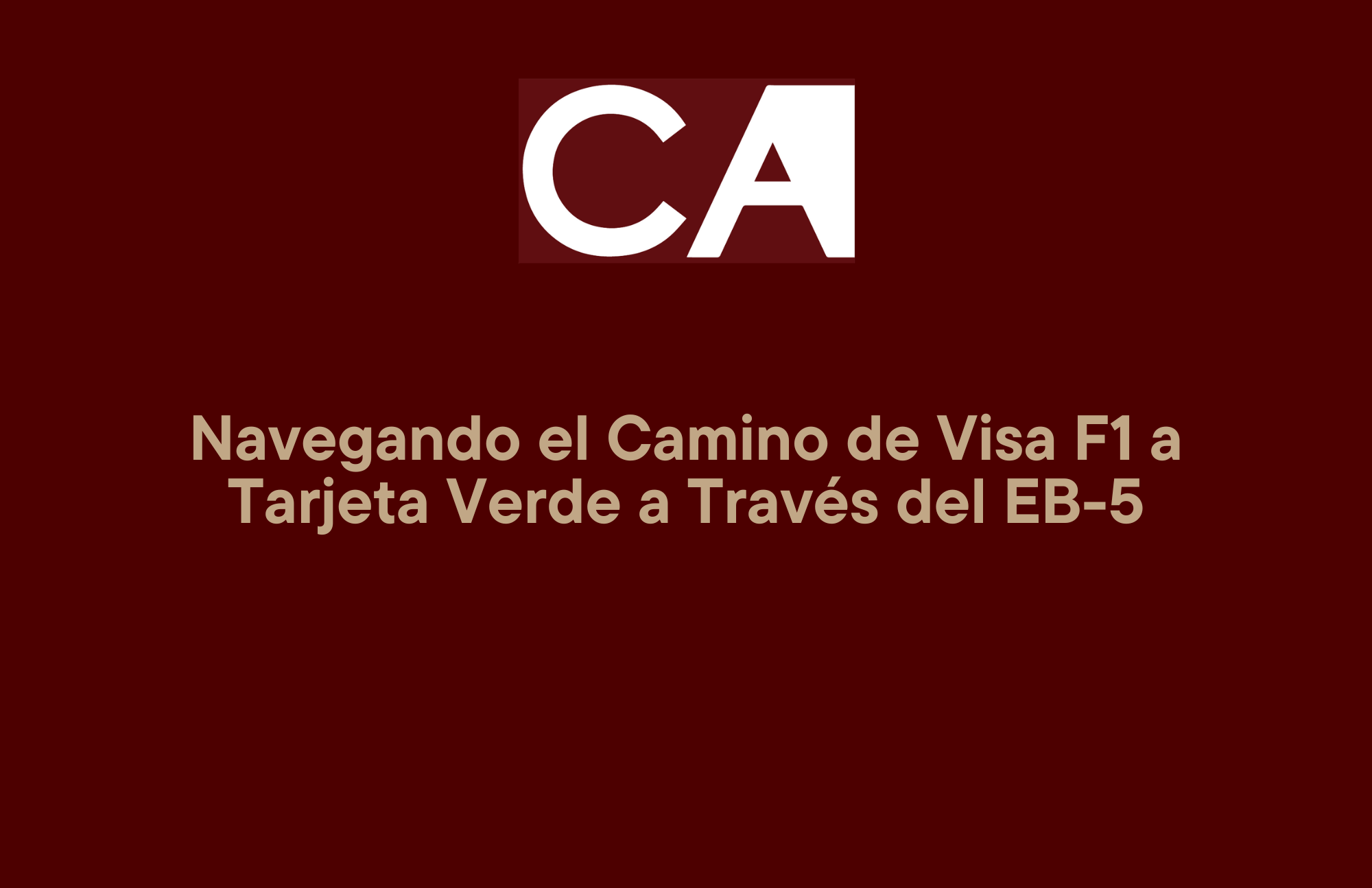The EB-5 Immigrant Investor Program is one of the most powerful ways to achieve permanent residency in the United States. But it’s not without complexity. From navigating source-of-funds documentation to securing timely adjudication of petitions, EB-5 investors often encounter challenges that—when unresolved—require legal action. In a recent CanAm webinar, Pete Calabrese, CEO of CanAm Investor Services, sat down with EB-5 litigation expert John Pratt, partner at KKTP Law, to explore how and when litigation can become a strategic tool in an investor’s EB-5 journey.
Avoiding Litigation Through Strong Planning
According to Calabrese, the best use of litigation is often avoiding it altogether. “When done right,” he noted, “you get your full immigration benefits and your repayment of capital—and litigation isn’t necessary.” But to avoid litigation, meticulous planning is essential.
Pratt emphasized that collaboration between the immigration attorney and the regional center at the outset is crucial. “It’s a marriage,” he explained. “The attorney must ensure that the investor’s source of funds is lawful and well-documented. The regional center must demonstrate that the investment will create the required jobs and comply with EB-5 regulations.”
Key Pre-Investment Considerations:
- Source of Funds: Must be traceable and lawfully obtained, with a complete paper trail.
- Job Creation: Projects must provide clear evidence of how jobs will be created.
- TEA Qualification: Most projects fall into Targeted Employment Areas, but confirmation is essential for eligibility at the $800,000 level.
- Project Compliance: Investors should ensure the project has filed necessary forms like the Form I-956F.
“Choosing a reputable regional center with a proven track record is perhaps the single most important way to reduce your risk of needing litigation later on,” said Pratt.
Writ of Mandamus: A Legal Path to Break Bureaucratic Delays
Despite good planning, delays in petition adjudication are all too common. That’s where litigation may come in—particularly through a legal instrument called a writ of mandamus.
A writ of mandamus is a federal lawsuit that asks a court to compel USCIS to make a decision on a long-pending petition, such as Form I-526 (initial EB-5 petition) or Form I-829 (removal of conditions).
When to Consider a Writ of Mandamus:
- Excessive Delays: While there’s no hard rule, Pratt advises waiting at least 12 months before considering mandamus.
- Documented Readiness: The underlying petition must be approvable—strong source-of-funds documentation and project details are key.
- Consultation is Critical: Filing prematurely, or with a flawed petition, can lead to denials and worsen outcomes.
“The mandamus doesn’t guarantee approval,” Pratt cautioned. “It simply compels USCIS to make a decision. And that could be a Request for Evidence (RFE), Notice of Intent to Deny (NOID), or a final adjudication—positive or negative.”
He added, “Strategically used, a mandamus can move a case forward. Misused, it can backfire. The key is working with experienced counsel who knows how to assess case readiness.”
Litigation at the I-829 Stage: Delays and Denials
Even after obtaining a conditional green card, investors may face challenges when filing Form I-829 to remove conditions. Long processing delays are common here, too, and may warrant litigation.
What to Expect at the I-829 Stage:
- Automatic Extensions: Filing Form I-829 extends green card validity by up to 48 months.
- Mandamus Still Available: Investors can file a writ of mandamus if the I-829 is delayed unreasonably.
- Denials Lead to Immigration Court: If the I-829 is denied, the investor is placed into removal proceedings—but retains lawful permanent resident status during that time.
In court, investors have the advantage of submitting new evidence—something not permitted in federal court challenges. “That open record can be critical,” said Pratt. “If job creation was delayed due to pandemic or other issues, you can demonstrate compliance in court.”
The Risks of Concurrent Filing—and Why Project Choice Matters
The EB-5 Reform and Integrity Act (RIA) of 2022 introduced concurrent filing, allowing investors to file I-526 and I-485 (adjustment of status) petitions at the same time if they’re already in the U.S. This has been a game-changer for many, allowing work and travel authorization while waiting for approval.
But Pratt offered a critical caveat: “If your I-526 is denied, the I-485 will be denied as well—and that could mean removal proceedings. You won’t have the same protections that you have at the I-829 stage.”
Bottom Line:
- Choose Wisely: Investors must do rigorous due diligence on the regional center and the project.
- Preserve Your Status: A denial during concurrent filing could jeopardize the investor’s entire immigration plan, including status for family members.
- Work with Experts: “A strong I-526 filing is more critical than ever under concurrent filing,” Pratt emphasized.
New Class of Litigants: The Subsection (M) Opportunity
The RIA also created new protections under INA Subsection (M) for investors who were victims of failed or fraudulent projects. These investors may be eligible to reinvest with a new project and retain their priority date.
This provision has opened the door for investors to “rescue” their immigration case—but it’s a high-stakes path that must be handled carefully. “We’re seeing more of these cases,” Pratt said. “And again, the same principles apply—choose a credible regional center with a track record of compliance.”
Litigation Is a Tool—Not a Shortcut
Throughout the webinar, both Calabrese and Pratt emphasized that litigation isn’t something to fear—but it must be approached with preparation and precision.
“Litigation, like EB-5 itself, is a tool,” said Pratt. “It’s about increasing your probability of success—whether that’s through mandamus, administrative appeals, or court proceedings.”
Calabrese concluded, “It all comes back to planning. If you’re working with experienced professionals—on both the legal and project sides—you greatly reduce the risk of needing litigation at all. But when it’s necessary, it’s empowering to know you have strong advocates in your corner.”


